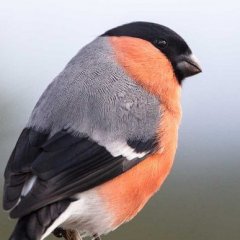Confused abougt Nordic skiiing vs telemark in Norway?
-
Lignende innhold
-
- 4 svar
- 2 144 visninger
-
- 13 svar
- 1 342 visninger
-
- 1 svar
- 441 visninger
-
- 0 svar
- 539 visninger
-
- 6 svar
- 2 654 visninger
-
-
Hvem er aktive 0 medlemmer
- Ingen innloggede medlemmer aktive



Anbefalte innlegg
Bli med i samtalen
Du kan publisere innhold nå og registrere deg senere. Hvis du har en konto, logg inn nå for å poste med kontoen din.